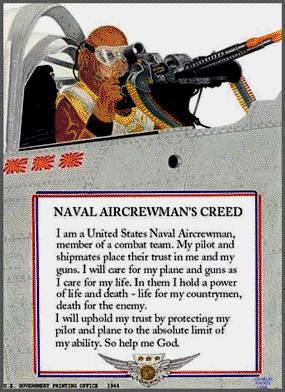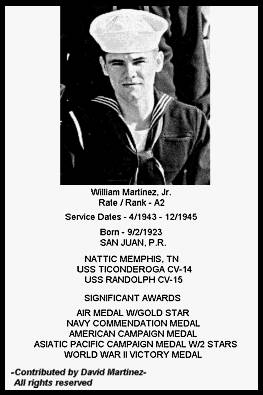|
Group | ||||||||||||
|
| |||||||||||
|
| ||||||||||||
![]()
|
Action | ||||||||||||
|
| |||||||||||
|
| ||||||||||||
![]()
|
Welcome To the CIC | ||||||
|
| and his fellow aircrewmen of our air group 87 These documents contain information on carrier operations after Ticonderoga returned to action after repairs from the 21 Jan. 1945 kamikaze attack. With air group 87 now aboard, Big "T" resumed carrier operations with the same professionalism, skill and pride it demonstrated with Air Group 80 aboard before and during the 21 Jan. attack . With Japanese forces now weakening, Air Group 87 still had its key targets and missions to be carried out along with flying combat air patrols(CAPs). They handled most all tasks skillifullly and with minimal losses. CONFIDENTIAL (Introductory comments omitted) PART I The majority of sorties against Okinawa were, in close support of our ground forces. These missions required very accurate bombing of carefully pinpointed targets often very close to our own front lines, and it was very gratifying on a number of occasions to have our planes receive a “well done” from the Air Support Controller. Target CAPs and Barrier Patrols were also flown with the purpose of intercepting enemy aircraft coming from the north to attack our naval, amphibious and ground forces. On 6 June a division of our fighters flying one of these patrols intercepted and shot down three Tonys. Three fighter sweeps against Kyushu were made on 2, 3, and 8 June. On the first two of these operations TICONDEROGA planes had as their targets Ronchi and Kokubu airfields at the head of Kagoshima while the other carriers of the Task Group attacked other airfields in Southern Kyushu. On the third operation all of the Air Group, of the Task Force concentrated on Kanoya airfield, the major enemy air base in Southern Kyushu. On all of these sweeps the primary targets were the enemy planes dispersed in the intricate system of dispersal areas and revetments adjacent to these airfields. Our attacks were made by strafing and with fragmentation bombs, and in the attack on Kanoya VT fuses were used on the fragmentation bombs for the first time. The crafty concealment of planes in covered revetments and the intermingling of operational and dummy planes by the enemy not only and made it next to impossible for pilots to pick up worthwhile targets in their dives but also made it difficult to make an accurate assessment of damage even with the aid of photographs. Despite these problems, eleven planes were claimed as definitely destroyed on the ground in the three attacks and a substantial number are believed to have been damaged. On the Kanoya operation a particular effort was made by thorough briefing with photographs to pinpoint targets for each pilot with the result that the attack was considered well executed and severely damaging to the enemy. The attacks against the Daito Shoto were carried out on 9 end 10 June, the one on the first day being against Minami Shima and on the second day against Kita Shima. These attacks were intended to be a reconnaissance and further neutralization of these bases and to provide a combat test of napalm tanks and of VT fused fragmentation bombs against anti-aircraft installations. Due to the inherent difficulty of pilots observing with extreme accuracy and detail the results of their own bombing, it is not believed that these missions provided a reliable test of the functioning or damaging effect of the ordnance equipment. A striking feature of the whole period covered by this report has been the paucity of enemy airborne opposition, for with the exception of the engagement of 6 June, no enemy planes were encountered. Anti-aircraft fire although in genera1 not of more than moderate intensity accounted for the loss of one plane and the damaging of nine more. Four other planes were forced to ditch for operational reasons and it is a tribute to our naval rescue facilities--Dumbo planes, Lifeguard Submarines, and Destroyers--that no pilots or crewmen were lost. See menus for Part II and Daily Action Reports
|
| ||||
|
| ||||||

